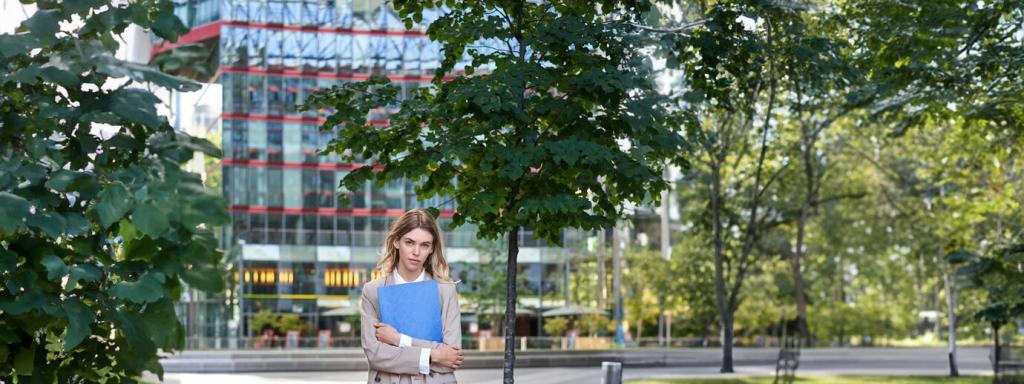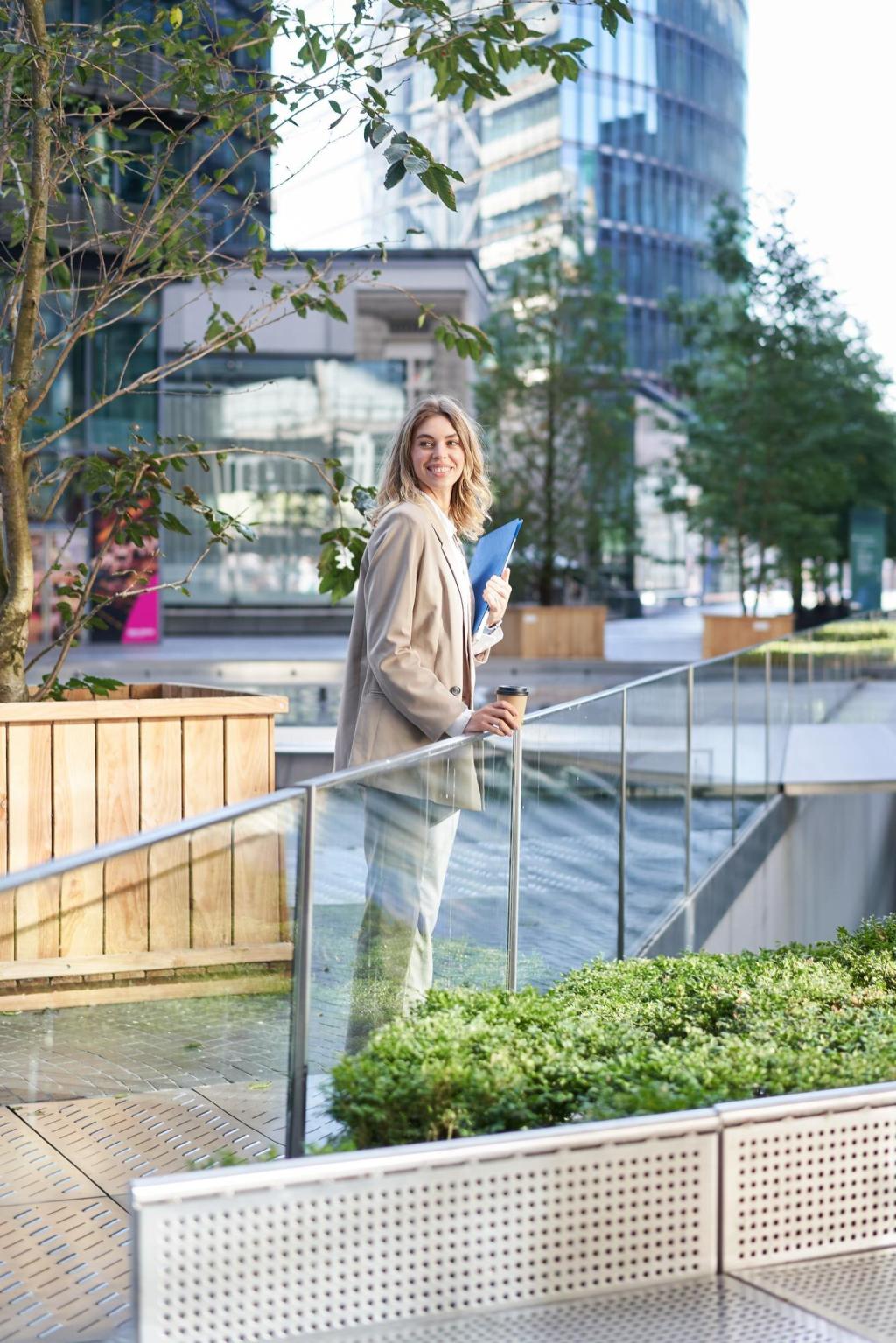
Green Building Practices in Urban Housing: Cities That Breathe, Homes That Thrive
Today’s chosen theme is “Green Building Practices in Urban Housing.” Join us as we explore smarter materials, passive comfort, water wisdom, and community-driven change that make dense neighborhoods healthier, quieter, and resilient. Share your questions, subscribe for future ideas, and help shape greener homes on every block.
Why Green Building Practices in Urban Housing Matter Right Now
Buildings account for a large share of global energy-related CO₂, and urban housing concentrates that impact on a few city blocks. High-performance envelopes, heat pumps, and district systems can slash demand while respecting space constraints. Share how your building heats and cools, and what upgrades you wish were prioritized first.

From concrete to timber: smarter structural choices
Lower-carbon concrete mixes using supplementary cementitious materials and well-detailed mass timber can reduce embodied emissions while meeting safety and durability needs. Fire protection, acoustics, and code compliance require care, but results can be beautiful and robust. Would your neighborhood welcome more timber mid-rises? Tell us why, and what would build trust.
Designing for reuse and circularity
Urban housing can plan for gentle deconstruction with reversible connections, modular partitions, and standardized components. Reused brick, doors, and fixtures tell stories while cutting waste and cost. One retrofit kept original terrazzo, saving money and character. Share your favorite reclaimed detail that turned a generic space into a warm, lasting home.
Measuring what matters: LCAs and EPDs
Life-cycle assessments reveal where carbon hides, from structure to interior finishes. Product environmental declarations help compare options with transparency rather than guesswork. Even concept-stage assessments steer better decisions. Have you tried an LCA plug-in or asked for an EPD? Subscribe for a forthcoming guide to reading them with confidence.
Water-Wise Urban Homes
Roof gardens, cisterns, and small courtyards can slow and store stormwater, easing sewer stress while nourishing planters. Even modest balcony planters or shared rain barrels help. A mid-rise we visited irrigates a pocket garden with captured rain, delighting residents and butterflies alike. What rain ideas could your building pilot this year?
Reusing lightly used water from sinks and showers for flushing or irrigation can cut potable demand significantly, especially in larger multifamily buildings. Codes and maintenance matter, but benefits add up quickly in drought-prone cities. Would you support a pilot system in your complex? Tell us what incentives would make it feasible.
Efficient fixtures, pressure-balanced valves, and smart leak detectors prevent invisible losses behind walls. One superintendent found a tiny slab leak that explained sky-high bills; a sensor alert saved weeks of waste. What’s your most effective water-saving swap—showerheads, aerators, or a vigilant maintenance checklist? Share it so others can replicate your win.
Daylight as a design tool
Light shelves, deeper window reveals, and thoughtful shading bring in soft, useful light while curbing glare and heat gain. A resident told us her west-facing studio felt twice as calm after an exterior shade and a pale interior palette. Which window treatments or layouts helped you enjoy daylight without summer overheating?
Fresh air, quiet nights
Balanced ventilation with efficient heat or energy recovery delivers filtered air without drafts, even in airtight envelopes. Residents sleep better when bedrooms are quiet, dry, and consistent. Many report fewer colds and less condensation on windows. Would you trade a slightly thicker wall for year-round calm? Join the discussion below.
Keeping cool without overcooling
Cross-ventilation, ceiling fans, and thermal mass can delay or even replace active cooling on shoulder-season days. Night purges flush heat, while interior shades block midday spikes. What fan settings or window-opening routines work best in your building? Share your schedule so neighbors can try your low-energy cooling playbook.

Smart Systems and Resident Engagement
Variable-speed heat pumps paired with good envelopes provide steady comfort using far less energy than resistance heating or oversized boilers. Zoning and careful commissioning prevent hot-cold spots. Has your building considered a phased heat pump retrofit per riser or stack? Share obstacles so we can crowdsource practical solutions.

Policy, Standards, and Financing the Green Shift
Codes and certifications that guide progress
Standards like Passive House, LEED, BREEAM, and WELL offer roadmaps for efficient envelopes, healthy air, and lower-impact materials. They work best when paired with measured performance, not just checklists. Which framework feels right for your project’s goals and budget? Share your shortlist and we’ll suggest helpful comparisons.
Incentives and mortgages that reward efficiency
Utility rebates, tax credits, and green mortgages can close the gap on higher upfront costs for superior envelopes and all-electric systems. Stacking incentives demands paperwork but pays off for residents through lower bills. Have you asked a lender about green terms or insurance savings? Tell us what you learned to guide others.
Equity at the center
Green building practices in urban housing must deliver benefits to affordable and legacy communities first, not last. Weatherization, good ventilation, and stable rents protect health and livelihoods. How can your neighborhood ensure upgrades without displacement? Add your ideas so we can highlight policies and partnerships that truly serve everyone.
